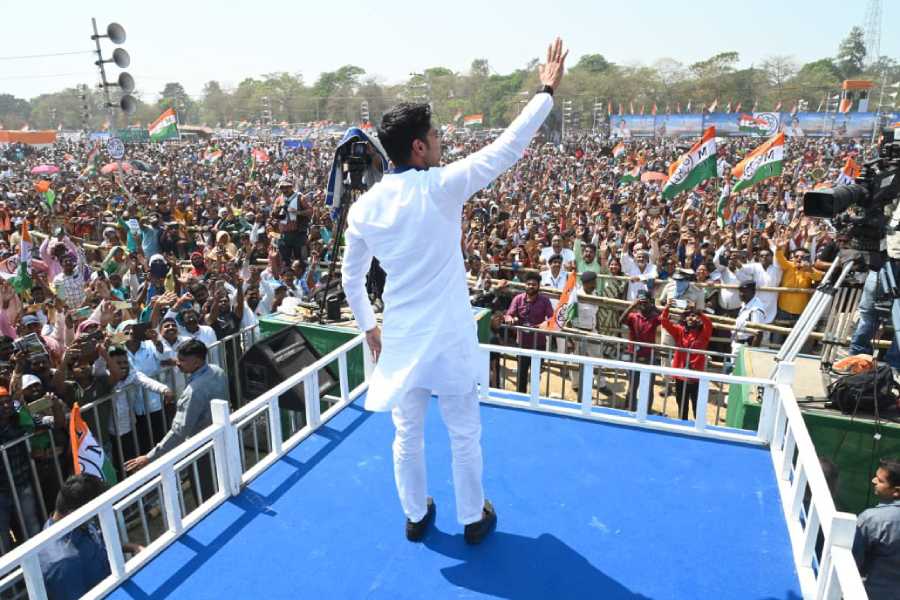Pipli, famous for its appliqué art, is about 40 km from Puri and is closer to Bhubaneswar. The art form reached its peak in 11CE when the king appointed the craftsmen from the Pipli village for making the canopy and umbrellas for the Jagannath chariots. Soon more contemporary items like bags, purses and wall decorative were added to the palette.
The art involves blending of myths, religion and symbolism by cutting and stitching various bright coloured fabrics. Items like Chhati-umbrella, Tarasa- a heart-shaped wood on a pole covered by appliqué cloth and Chandua-an umbrella shaped canopy are used in processions. Jhalar are hangings, used as a border to canopies and as decorative pieces.
The pattern and the base colour or the Jagannath Chariots are pre-chosen, green and red for Balabhadra’s chariot, Black and red for Subhadra’s and red for Lord Jagannath’s. The dominant motifs catch the thousands of pilgrims’ miles away. Seats and pillows for the deities are also made in appliqué form.
In the appliqué form, one fabric is placed over a contrasting base fabric and stitched. In the reverse appliqué type, one layer is placed on another and shapes are cut on the top layer to reveal the lower layer, which is then stitched together. The base cloth differs, waterproof fabrics for umbrellas, velvet for tents and many other varieties for bags with mirror work.
Floral, animal and bird motifs, celestials like Sun and Rahu are popular, but only next to the omnipresent Lord Jagannath.
The village art, healthy until a few years ago, has shrunk and may not survive long. The demonetization is not the reason, but the National Highway built adjacent is. Earlier, people travelling between Puri-Bhubaneswar had to cross Pipli village, and the business was brisk. The Highway misses the village and now so are the tourists. To my query as to why they did not relocate their shops near the Highway, they informed of the threat of dacoities and the small-sized cubicles that the government offered, which the artisans had declined.
The silence of the shopkeepers reveals little, but their faces state their grim battle for survival and retention of an age-old art form of Odisha. I bought a few bags to show my solidarity and to empathise with their feelings.
Sampath Kumar
Intrépide Voix



